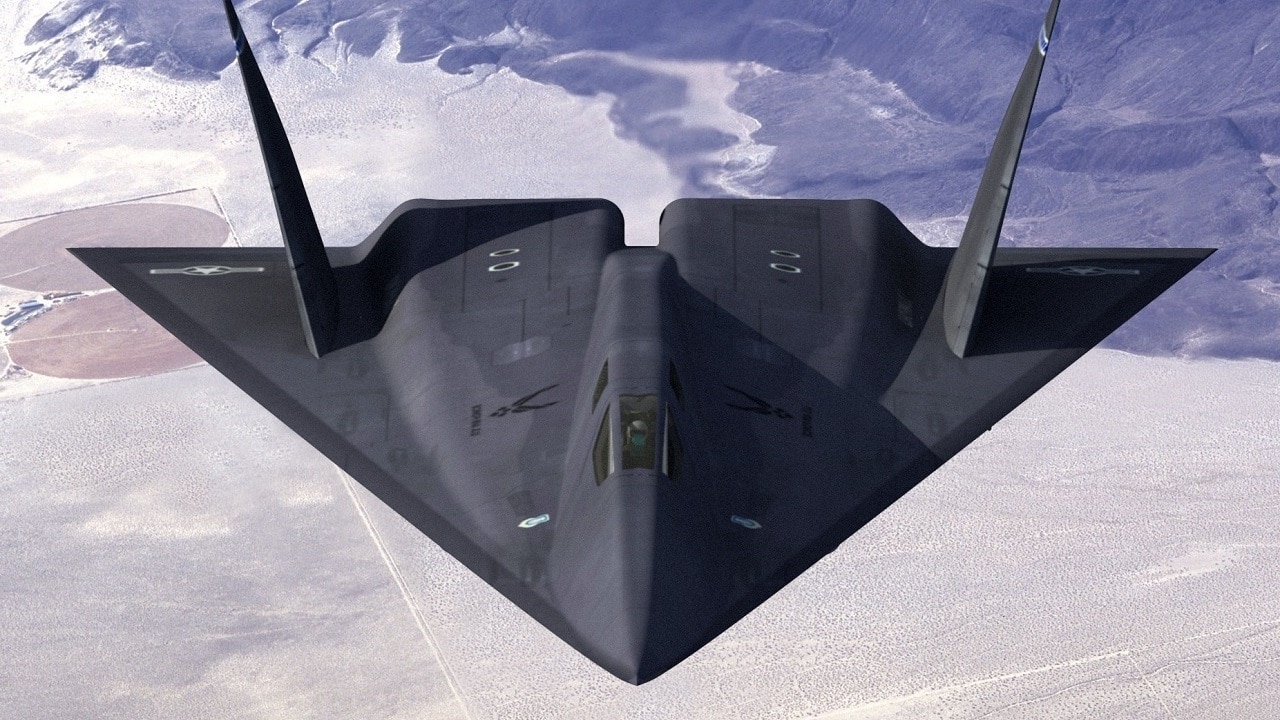For decades, rumors have circulated that the United States—specifically Lockheed-Martin Skunk Works—is building a hypersonic spy plane to replace the SR-71 Blackbird. We know about the SR-72, Darkstar, or Son of a Blackbird (SOB).
We know that is true because of the published cost overruns of a secretive program that Lockheed Martin has referenced several times but has erased all mentions from media pages.
One aircraft remains mentioned despite the government denying its existence, the SR-91 Aurora.
The SR-91 Aurora: The Evidence
A couple of incidents sparked interest in the US’s hypothetical building of a hypersonic spy plane . In the 1980s, the Pentagon’s budget request had the name “Aurora” beneath the SR-71 and the U-2 spy aircraft.
Aviation Week and Space Technology first reported that the term “Aurora” was inadvertently included in the 1985 US defense budget as an allocation of $455 million for “black aircraft production” (as opposed to research and development [R&D]) in fiscal year (FY) 1987.
A few years later, in August 1989, an oil exploration engineer named Chris Gibson reported seeing a triangular-shaped aircraft flying over the North Sea following a KC-135 tanker flanked by F-111s. Was it the first appearance of America’s hypersonic spy plane? Evidence appears to contradict that theory.
The British Defense Ministry released a report in May 2006 stating that the US Air Force planned to produce an aircraft flying between Mach 4 and 6. This report continued to fuel the rumors of the SR-91 Aurora.
However, some believed that the Aurora project was canceled due to a shift from spy planes to high-tech unmanned aerial vehicles and reconnaissance satellites, which can do the same job as a spy plane but with less risk of casualties. And that was the goal of the US around that time frame.
The US Spy Planes History
Alex Hollings wrote an outstanding history of the US Air Force’s decades-long testing and prototyping of hypersonic aircraft.
The SR-71 Blackbird was the US replacement for the U2. Introduced in 1964, it was the fastest and highest-flying aircraft in the world, with a ceiling of more than 80,000 feet. In 1976, it set an official record of flying at a speed of 2193 miles per hour in a straight and level flight, which was over Mach 3.
Later, some pilots claimed that the Blackbirds exceeded that number in operational flights, but those reports are classified. However, it is known that more than 4,000 missiles were fired at the SR-71 during its operational life, and none were ever shot down, as the Blackbird could simply outrun the missiles fired at it.
But the Blackbird was retired because of the exorbitant costs of flying the aircraft, and the improvements in spy satellite technology made the costs and threats to the pilots made the decision an easy one.
Rumors continued swirling about the aircraft following a series of sonic booms over Los Angeles in 1991, called “sky quakes.” The aircraft was heading towards Groom Lake, home to the famous “Area 51,” where testing is done on secret US aircraft designs.
The SR-91 Aurora: Was It Real?
The first crack in the SR-91 Aurora theory of a hypersonic spy plane occurred shortly after that budget request. While the Aurora was a real aircraft with the Air Force, it was probably the B-2 Spirit bomber.
That aircraft was tested throughout the 1980s and into the 1990s and entered active service in 1997. The former facility director, Ben Rich, confirmed this in a book titled “Skunk Works.” Rich confirmed that Aurora was the codename for the B-2 bomber. What Gibson may have seen was an F-117 stealth fighter/bomber, which was already flying then.
In 2006, aviation writer Bill Sweetman stated, “This evidence of 20 years of examining budget ‘holes,’ unexplained sonic booms, plus the Gibson sighting, helps establish the program’s initial existence. My investigations continue to turn up evidence that suggests current activity. For example, having spent years sifting through military budgets, tracking untraceable dollars and code names, I learned how to sort out where money was going. This year, when I looked at the Air Force operations budget in detail, I found a $9-billion black hole that seems a perfect fit for a project like Aurora.”
But we can now surmise that those black holes in the budget were destined for the SR-72. The SR-72 Darkstar is a real program. The Skunk Works has already tested the engine and was working on airframes that would withstand the high heat generated by flying at some extremes over Mach 5 or 6.
In his book, published in 1994, Rich writes, “There is no codename for the hypersonic plane (Aurora) because it simply does not exist.”
About the Author: Steve Balestrieri
Steve Balestrieri is a 19FortyFive National Security Columnist. He served as a US Army Special Forces NCO and Warrant Officer. In addition to writing for 19FortyFive, he covers the NFL for PatsFans.com and is a member of the Pro Football Writers of America (PFWA). His work was regularly featured in many military publications.

